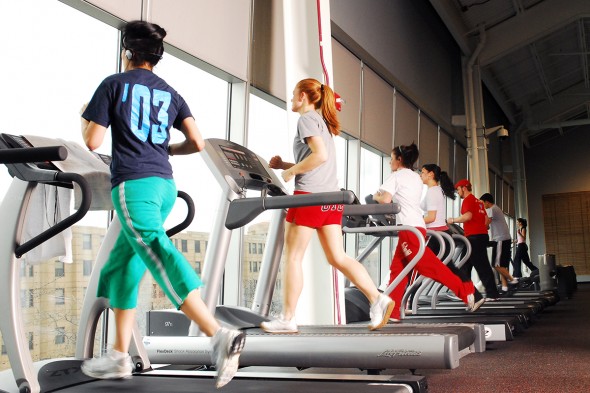AHA highlights physical activity to close cardiovascular health gap
Cardiovascular disease is the perennial leading cause of death in the United States, as well as a significant source of racial and ethnic health disparities. The low-hanging fruit for improving these statistics may be new approaches to promoting physical activity in under-resourced groups, according to a scientific statement from the American Heart Association.
Despite the well-known protective effects of exercise against cardiovascular disease and risk factors such as obesity and diabetes, less than 1 in 4 adults achieve the recommended 150 minutes of moderate activity per week. Lower physical activity has also been observed in many of the same groups — people above 65, women, Black and Hispanic adults, people with lower income and education — that show elevated rates of cardiovascular issues.
The AHA report, published in Circulation and written by a team including Eduardo Bustamante, assistant professor of kinesiology and nutrition at the UIC College of Applied Health Sciences, reviews the literature on physical activity across these groups and in different environments, such as urban vs. rural or different weather and air quality conditions. It also looks at different strategies used to promote physical activity and which have been effective in these under-resourced populations.
The programs that were most effective engaged the community in designing interventions, created culturally appropriate materials and exercise options, and used more audiovisual and interactive media, the authors wrote. They also called for more research on the long-term effectiveness of these programs, and on the intersectionality with other barriers to exercise such as the built environment, cultural norms and lack of resources such as child care.
“Increasing physical activity should be the cornerstone of our efforts to reduce inequities in cardiovascular health and health care,” the report concludes.
Categories

